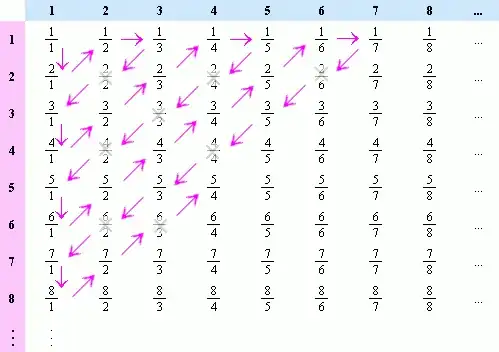There are lots of ways to go at this question. The general idea is to not try to explicitly write a function (at first), but to instead realize that this just asks you to count all the pairs of natural numbers. Literally, count them, one at a time, leaving no number out and skipping no counting number.
For example, one might associate $(1,1)$ with $1$, $(1,2) \to 2$, $(2,1) \to 3$, $(1,3) \to 4$, etc. (Draw a picture to see what I'm doing).
To turn that into an explicit function isn't so bad once you see the pattern.
Or you might spiral, or anything. Alternatively, if you just have to show that one exists, you could map $(n_1, n_2) \to 2^{n_1}\cdot 3^{n_2}$ (why is this injective?) and $n \to (1, n)$ (obviously injective. Then we have injections from one into the other, and so we have that they have the same cardinality.
Is that a good start?
